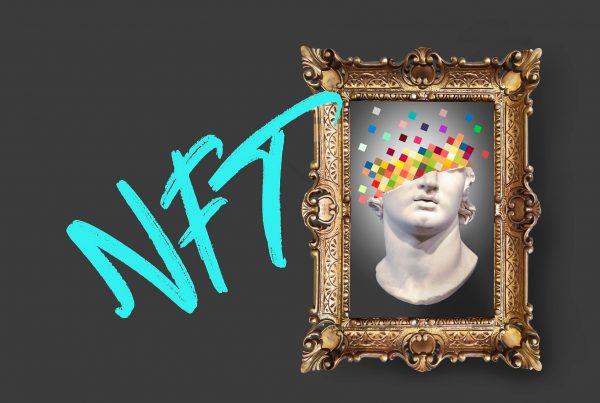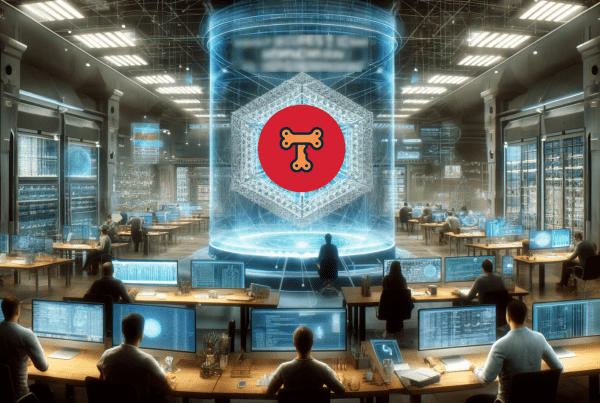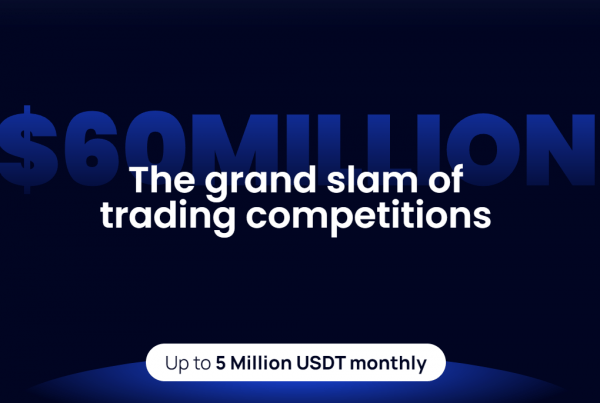
Multi-chain support, also known as interoperability, has long been one of the primary challenges that the Metaverse and the blockchain world have faced. Interoperability allows different blockchain systems to communicate, facilitating the movement of funds, cross-chain smart contracts, and a more cohesive global ecosystem. However, for many years, interoperability was something that we couldn’t achieve, leaving each blockchain system majorly isolated.
Over the last few years, companies have been able to solve the interoperability problem, allowing different chains to connect and share assets. For example, the blockchain ecosystem Peer provides a vertically integrated blockchain stack that’s specifically designed to craft multi-chain Metaverse systems.
As interoperability has become more accessible for blockchain businesses, the potential of these ecosystems has begun to emerge. Instead of working as isolated ecosystems, two blockchains can bring their capabilities together. While one may specialize in offering a low-cost system with lots of transactions per second, the other might offer a better developer toolkit.
By bringing together different ecosystems, developers can utilize all the best tools available to them. With interoperability, Metaverse developers can create better, more efficient systems. Let’s explore exactly how multi-chain support is rapidly innovating this space and promoting a more flexible future for the Metaverse.
What is Multi-Chain Support?
A Metaverse system that offers multi-chain support deploys across more than one blockchain ecosystem. Structuring a Metaverse like this allows developers and users to access features, systems, and efficiencies of both ecosystems without having to launch only on one. Not only does multi-chain support make building Metaverses much more effective, faster, and easier, but it also boosts the capabilities of the final product.
In order to create a truly decentralized system, the world of blockchain needed to have a way to communicate with other projects in its environment. Multi-chain support is the answer to this, with interoperability connecting distinct blockchains and allowing them to communicate with one another.
Once two blockchain systems have established a connection, they’re then able to begin to move assets across both platforms with ease. While most investors focus on the benefits of moving financial assets across different systems, this advantage also extends to other forms of digital assets and more. For example, developers are able to access toolkits, resource pools, and infrastructure of other systems, helping to streamline development.
From a financial asset perspective, multi-chain support symbolizes increased accessibility to the world of decentralized finance. One continual criticism of decentralized assets has been their lack of flexibility. While a cryptocurrency or NFT may hold value in one ecosystem, if it is unable to travel outside that specific context, it lacks the wider reach that’s needed to sustain its value.
Multi-chain support effectively solves this problem, creating a wider ecosystem of connected blockchains, each one being able to transfer and swap assets between them. For those building the Metaverse, this creates the perfect opportunity to improve developer systems while offering a better user experience for all.
Why Is Multi-Chain Support So Important in the Metaverse?
Out of all blockchain ecosystems, the Metaverse and its ongoing construction may be the area that most need multi-chain support. Especially from a user perspective, interoperability is what unlocks the true potential of the Metaverse.
Picture this: a user has just bought digital clothing NFTs on one of their Metaverse worlds. If there was no cross-chain support, those NFTs would only belong to a singular system. This singularity reduces the overall utility of the NFTs, further meaning that their value is reduced.
However, once this Metaverse establishes cross-chain connections with other blockchains, a user can now freely move these NFT assets across all of the systems that they use. The ability to move digital assets across environments gives them much more utility, functionality, and will ensure price stability.
While users are set to benefit enormously from multi-chain support in the Metaverse, they’re not the only ones. Developers are able to pull tools from distinct blockchain systems, utilizing systems and development kits to best craft their Metaverse worlds, regardless of which system they’re building on.
Peer exemplifies this freedom, offering developers and users a whole ecosystem of connected blockchain products. Built on a singular multi-blockchain, users can access everything from Peer Mint, an NFT minting engine, to Peer Domains and Peer Wallet, with each functionality being shared across the entire pool of products.
For developers, this ecosystem provides a way of building comprehensive blockchain Metaverse products without having to stay within the bounds of a singular and rigid system.
The flexibility that multi-chain support brings to the Metaverse cannot be overlooked, presenting a unique and powerful opportunity to improve Metaverse systems from a user-experience and developer standpoint.
Final Thoughts
As blockchain systems like Peer facilitate multi-chain support and development, Metaverse developers and users are set to experience a vast range of benefits. Users will see increased functionality, better Metaverse interactions, and a smoother system to use. For developers, the benefits are nearly endless, including faster development cycles, more accessible resources, improved gas fees and blockchain structures, and a more intuitive way of creating.
Multi-chain support and interoperability are vital for the ongoing improvement of blockchain systems. As we continue to move into this era of cross-chain capabilities, the Metaverse will rapidly begin to innovate, driving development, improvement, and widespread adoption.



